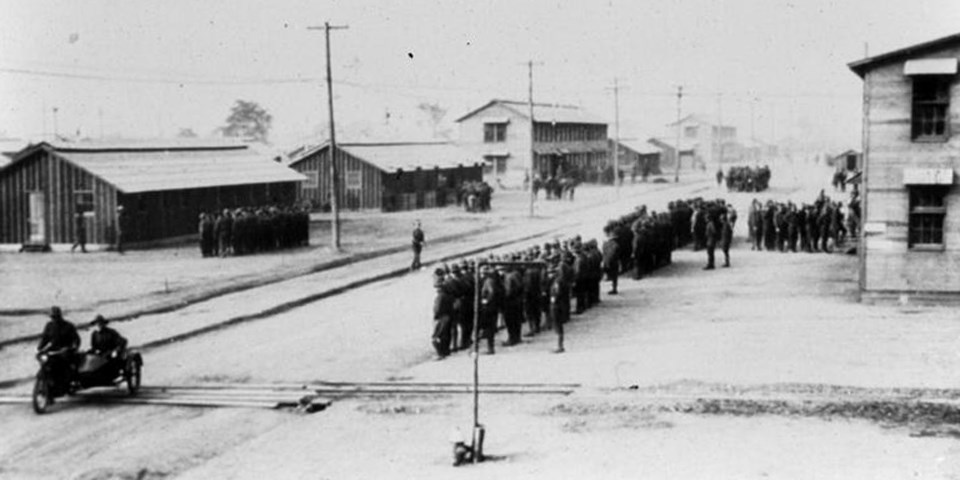When, why, and how to grow your genealogy business are important questions to tackle. These questions may always be in the back of your mind, but unless you formally address them periodically, you may never take the necessary actions, or you may find your business growing in a way you do not like or are not prepared for. Some small business owners are content, and rightly so, with the size of their business, which suits them perfectly. Growing your business is not a requirement.
The








